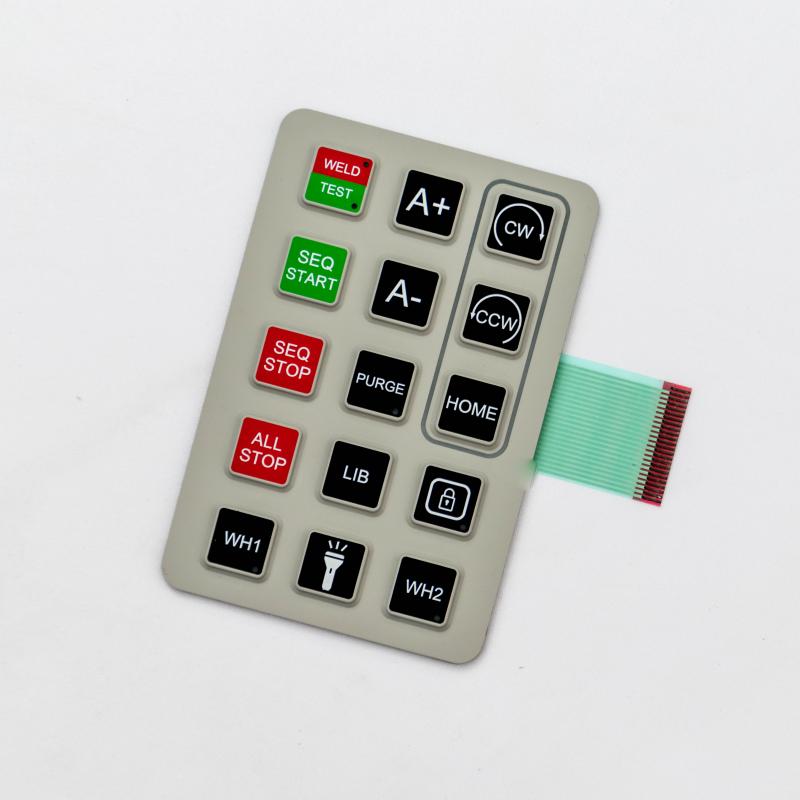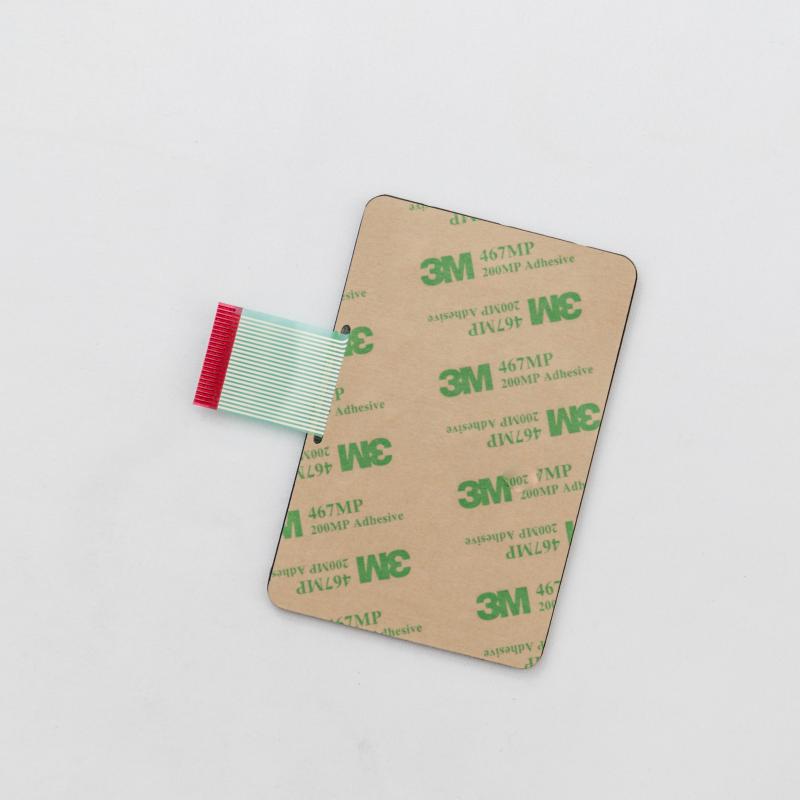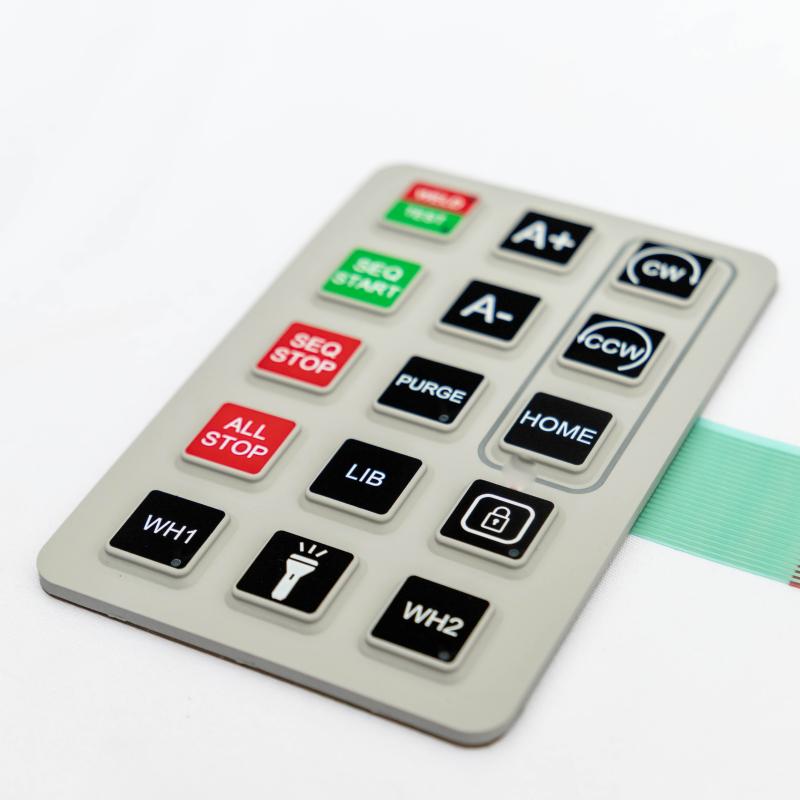Contact
Write to Us And We Would Be Happy to Advise You.
Do you have any questions, or would you like to speak directly with a representative?
By hqt
Elastomer rubber keypads are a popular choice for electronic devices and control panels due to their durability, flexibility, and cost-effectiveness. However, not all elastomer rubber keypads are the same, and in many cases, customization and integration options are required to meet the specific needs of the application. In this article, we will discuss integration and customization options for elastomer rubber keypads, their advantages and disadvantages, and future research directions in this field.



One of the most common integration options for elastomer rubber keypads is integration with other components, such as displays, sensors, and circuits. Integration with other components can improve the functionality and performance of the keypad, as well as reduce the size and weight of the device.
For example, integrating a display with the keypad can provide real-time feedback to the user, such as the status of the device or the current settings. Integrating sensors, such as touch sensors or pressure sensors, can improve the responsiveness and accuracy of the keypad, as well as provide additional information to the device. Integrating circuits, such as microcontrollers or communication circuits, can improve the connectivity and control of the keypad, as well as reduce the size and complexity of the device.
The main advantage of integrating other components with the keypad is that it can improve the functionality and performance of the device, as well as reduce the size and weight of the device. The main disadvantage of integration is that it can be more expensive and complex to produce than a standalone keypad, as well as increase the lead time and risk of failure.
Another common customization option for elastomer rubber keypads is customization of the design and graphics. Customization of the design and graphics can include custom button shapes, custom graphics and labeling, and custom shape and size.
The main advantage of customizing the design and graphics of the keypad is that it can improve the visual appeal and usability of the keypad, making it easier for users to understand and use the device. Customization can also help to differentiate the product from competitors and create a unique brand identity.
The main disadvantage of customizing the design and graphics of the keypad is that it can be more expensive to produce than a standard keypad, as well as increase the lead time and risk of failure. Customization may also require custom tooling and molding, which can add to the cost and complexity of the keypad.
In the future, there are several research directions in the field of elastomer rubber keypads, including the development of new materials and manufacturing processes, the integration of advanced features and technologies, and the optimization of user experience and performance.
For example, new materials, such as conductive elastomers and smart materials, can improve the performance and functionality of the keypad, as well as reduce the size and complexity of the device. Advanced features and technologies, such as touch screens and wireless communication, can improve the user experience and performance of the keypad, as well as increase the connectivity and control of the device. Optimization of user experience and performance, such as ergonomic design and tactile feedback, can improve the comfort and usability of the keypad, as well as increase the satisfaction and loyalty of the users.
In conclusion, integration and customization options for elastomer rubber keypads offer a number of benefits over standard designs and shapes, including improved functionality, visual appeal, and product differentiation. However, customization and integration can also come with disadvantages, including higher cost, longer lead times, and the need for custom tooling and molding. It is important to carefully consider the specific needs of the application, as well as the trade-offs between cost, lead time, and performance, when choosing customization and integration options for an elastomer rubber keypad.
In the future, new materials and technologies, as well as optimization of user experience and performance, are likely to continue to drive innovation and growth in the field of elastomer rubber keypads. By staying up-to-date on the latest research and trends, you can stay ahead of the competition and provide the best possible solutions for your customers.
Do you have any questions, or would you like to speak directly with a representative?